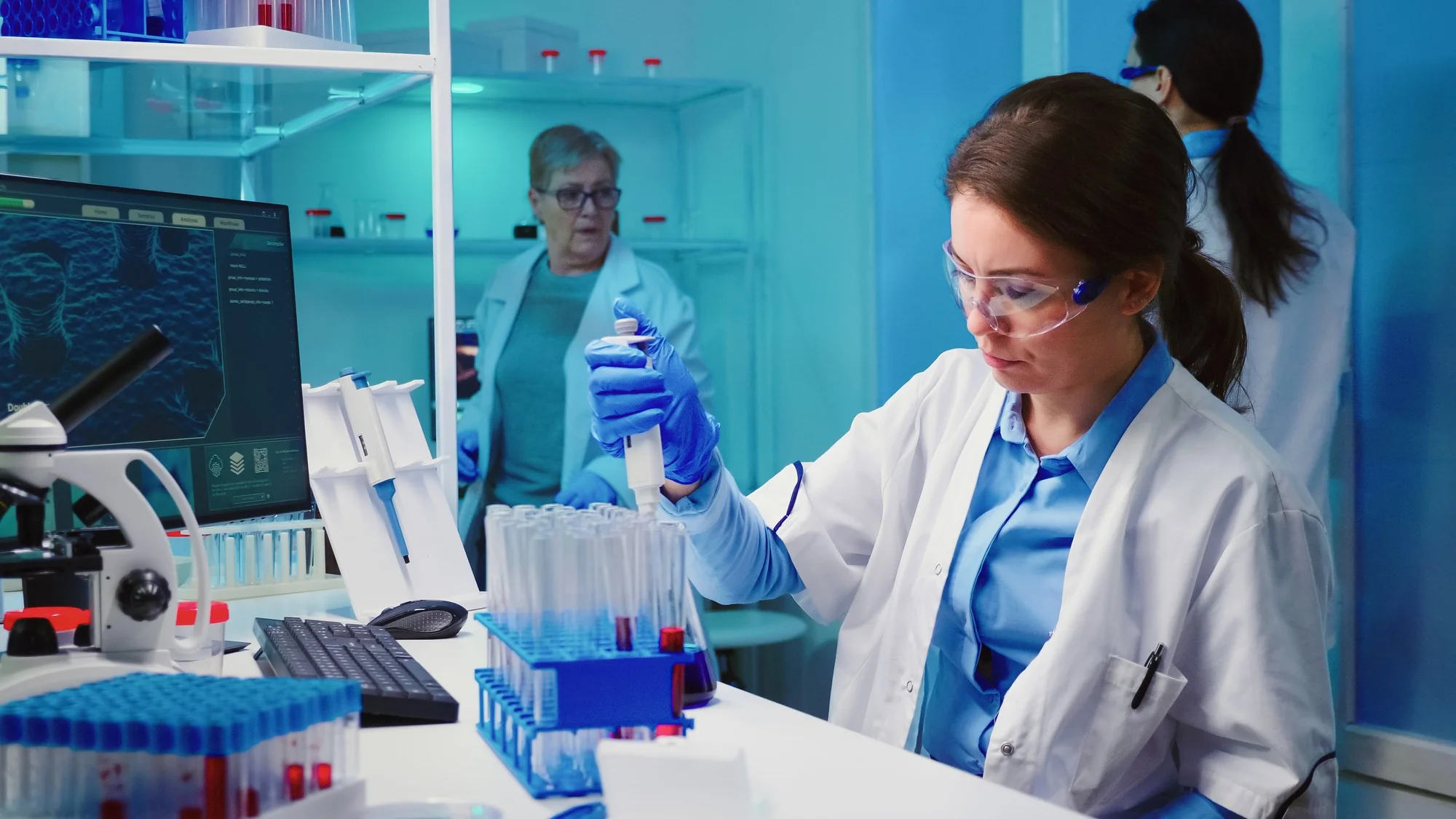In a remarkable advancement in the field of medicinal chemistry, a team of researchers has made significant strides in the quest to synthesize (-)-platencin, a promising antibiotic known for its potent dual inhibitory action against critical enzymes in bacteria. This compound, first isolated naturally, has garnered considerable attention for its unique ability to fight off bacterial infections, particularly those resistant to existing drugs. The recent study, which outlines a short, enantioselective formal synthesis of (-)-platencin, could pave the way for more accessible treatments in the face of mounting antibiotic resistance – an increasingly alarming global health crisis.
The study led by Christian C. Defieber, Justin T. Mohr, Gennadii A. Grabovyi, and Brian M. Stoltz from the California Institute of Technology and the University of Illinois at Chicago was published on September 30, 2020, in the journal Synthesis. The publication outlines key synthetic strategies employed to create the antibiotic, crucial among them being enantioselective decarboxylation alkylation, aldehyde/olefin radical cyclization, and regioselective aldol cyclization.
Enantioselective decarboxylation alkylations are valuable transformations in organic synthesis that can generate chiral molecules by removing a carboxylic group from an organic molecule, while at the same time introducing an alkyl group. Aldehyde/olefin radical cyclization is another synthetic tactic utilized in the study, enabling the construction of complex cyclical molecules that are often found in bioactive natural products. Lastly, the process involves regioselective aldol cyclization, a method that allows for the creation of carbon-carbon bonds in a manner that controls the three-dimensional orientation of the newly formed structures.
The DOI associated with this revolutionary study is 10.1055/s-0037-1610437, marking it as a landmark paper in the field.
The success of this synthesis is a testament to the researchers’ expertise and the power of modern chemistry to replicate and improve upon complex molecular architectures found in nature. The synthetic route not only provides a practical means to produce (-)-platencin but also opens doors to modifying its structure for potential derivatives with improved therapeutic properties.
In the pursuit of synthesizing (-)-platencin, the researchers drew inspiration from previous studies, some of which are listed below:
1. von Nussbaum, F., Brands, M., Hinzen, B., Weigand, S., & Habich, D. (2006). Antibacterial natural products in medicinal chemistry—exodus or revival? Angewandte Chemie International Edition, 45(31), 5072-5129. DOI: 10.1002/anie.200600350
2. Jayasuriya, H., Herath, K. B., Zhang, C., Zink, D. L., Basilio, A., Genilloud, O., … & Wang, J. (2007). Isolation and structure of platencin: a fabF and fabH dual inhibitor with potent broad-spectrum antibiotic activity. Angewandte Chemie International Edition, 46(25), 4684-4688. DOI: 10.1002/anie.200700214
3. Wang, J., Kodali, S., Lee, S. H., Galgoci, A., Painter, R., Dorso, K., … & Singh, S. B. (2007). Discovery of platencin, a dual FabF and FabH inhibitor with in vivo antibiotic properties. Proceedings of the National Academy of Sciences, 104(18), 7612-7616. DOI: 10.1073/pnas.0700747104
4. Singh, S. B., Jayasuriya, H., Ondeyka, J. G., Herath, K. B., Zhang, C., Zink, D. L., … & Wang, J. (2006). A novel class of dual bacterial enzyme inhibitors—identification of a chemotype with inhibitory potency against FabF and FabH condensing enzymes. Journal of American Chemical Society, 128(35), 11916-11920. DOI: 10.1021/ja064247d
5. Singh, S. B., Herath, K. B., & Wang, J. (2007). Platencin, a dual FabF and FabH inhibitor produced by Streptomyces platensis Mer-11107. Tetrahedron Letters, 48(31), 5429-5433. DOI: 10.1016/j.tetlet.2007.05.137
Keywords
1. (-)-Platencin Synthesis
2. Antibiotic Resistance
3. Enantioselective Synthesis
4. Drug Discovery
5. Medicinal Chemistry Research
This research achievement not only marks an important milestone in the replication and improvement of complex biomolecules but also sends a hopeful message to the healthcare industry, particularly in our ongoing battle against hard-to-treat bacterial infections. As the scientists continue to refine these synthetic techniques, the possibility of streamlined drug production becomes a concrete reality. It is a crucial step in ensuring that the healthcare armament is fully equipped to deal with the demands of the current and future challenges posed by antibiotic resistance. Further studies and clinical trials will be necessary to understand the full potential of (-)-platencin and its analogs in medicinal applications, but given the progress thus far, the horizon looks promising for both chemists and patients alike.
